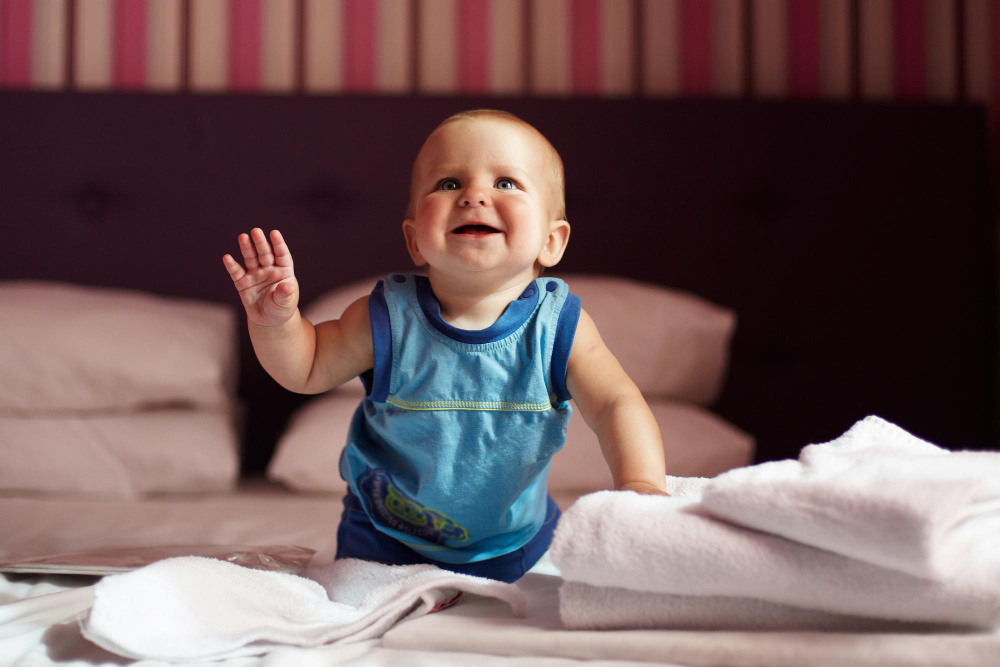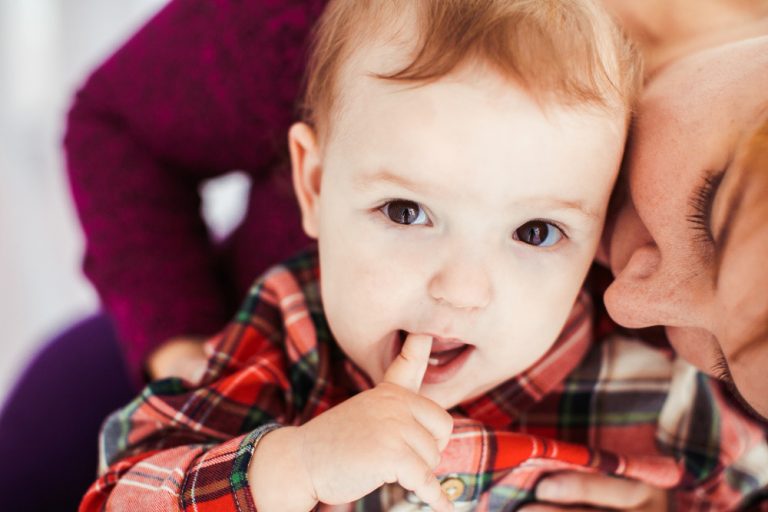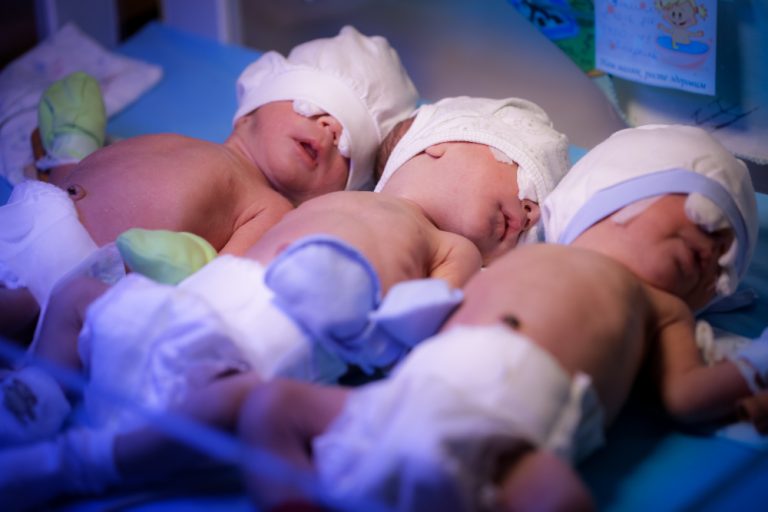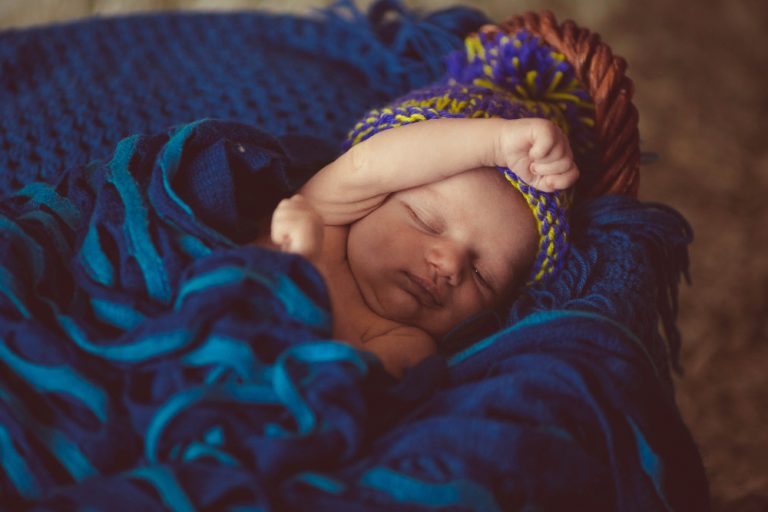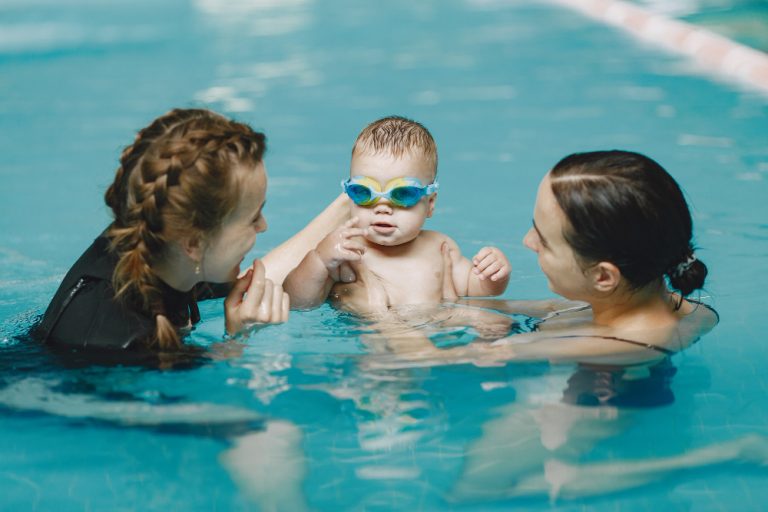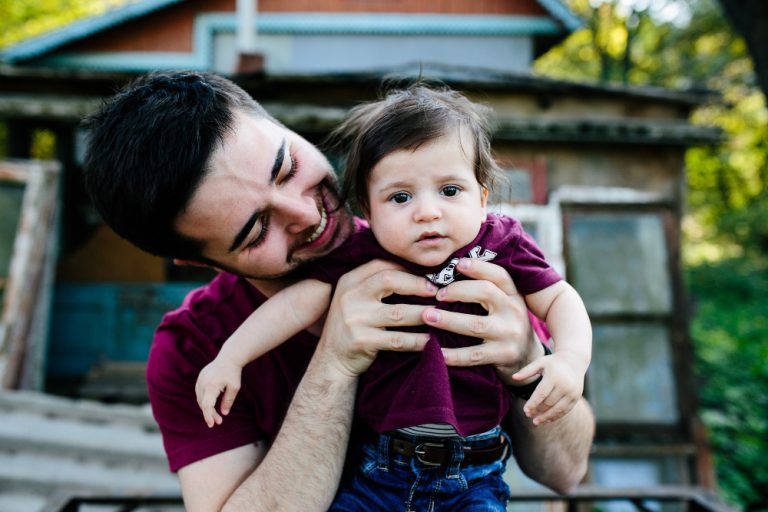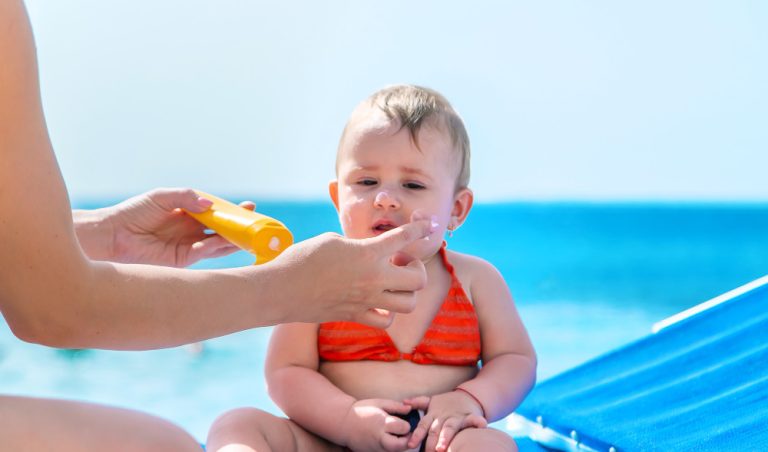When Do Babies Start to Wave? Baby’s Development Milestones
Have you ever marveled at the wondrous journey of a baby’s development? From their first hesitant attempts at movement to the magical moment when do babies start to wave, the development of a baby’s motor skills is a captivating adventure that every parent eagerly observes.
Join me as we navigate through the captivating milestones of this journey, exploring the typical age when do babies start to wave, what it indicates about their cognitive and social development, and how you can actively nurture and encourage this endearing skill in your child.
Let’s dive in and explore this beautiful journey of infant development!
The Milestone Of When Do Babies Start To Wave
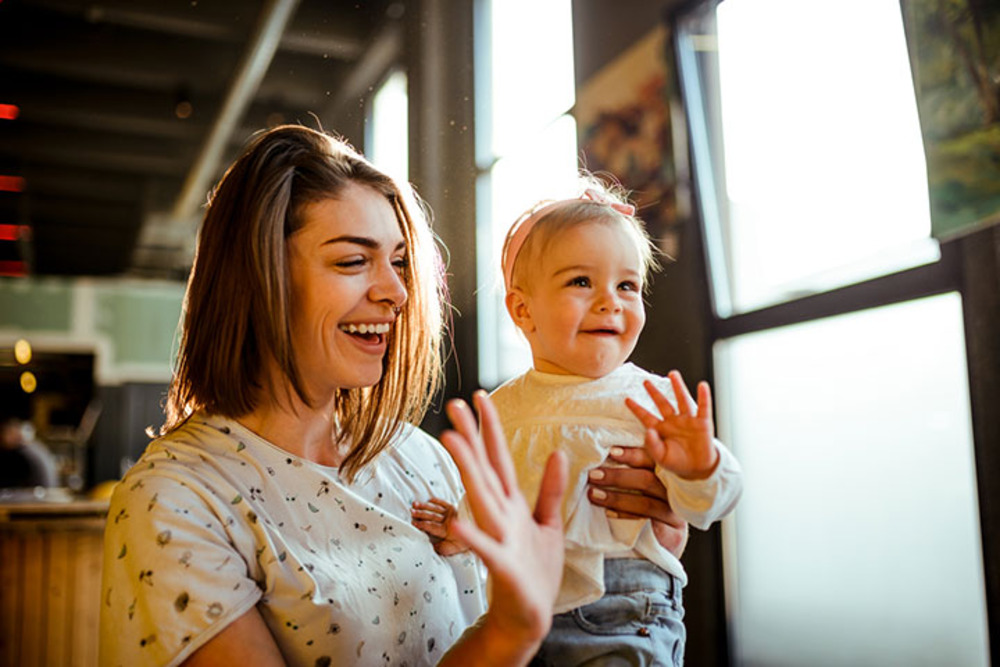
The Typical Age Range
Babies generally start to wave between 8 to 12 months of age. However, it is essential to remember that every child develops at their own pace. Some may begin waving a bit earlier, while others might take a little longer.
The timing can depend on various factors, including the baby’s individual development and how often they observe others waving.
Signs of Readiness
Before a baby starts waving, there are several developmental signs to look for:
- As babies grow, they gradually develop improved hand control, gaining the ability to grasp objects and manipulate them with increasing dexterity.
- Additionally, they start to show social awareness by recognizing familiar faces and demonstrating excitement or interest in social interactions.
- In terms of cognitive development, babies start imitating actions they observe, such as waving, which is an important milestone in their learning process.
Why Do Babies Wave?
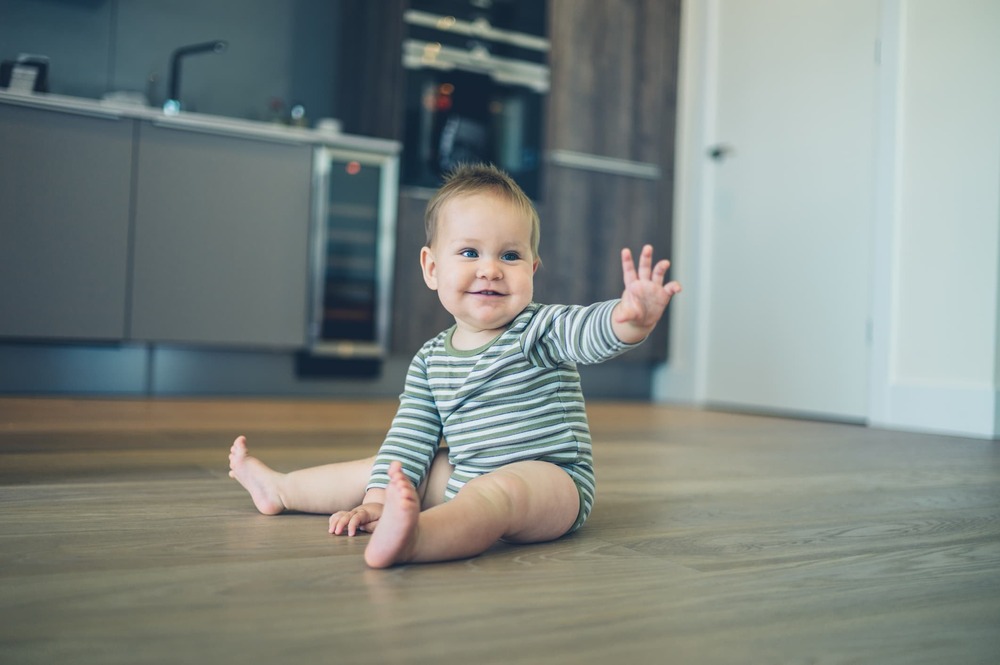
Waving is more than just a cute gesture; it plays a crucial role in a baby’s social development. Here’s why waving is important:
- Communication
When babies wave their hands, it is considered one of the earliest forms of non-verbal communication. This gesture can convey various messages such as “hello,” “goodbye,” or “look at me.”
- Social Interaction
Engaging in waving gestures can aid in the development of social skills in babies. It encourages them to connect with their environment and interact with other people, which in turn promotes the formation of social bonds.
- Motor Skills Development
The physical gesture of waving requires the brain to send signals to the muscles, coordinating their movement to produce the waving motion. This process not only serves as a simple form of communication but also contributes to the development and refinement of motor skills, particularly in the context of coordination and muscle control.
Encouraging Your Baby to Wave
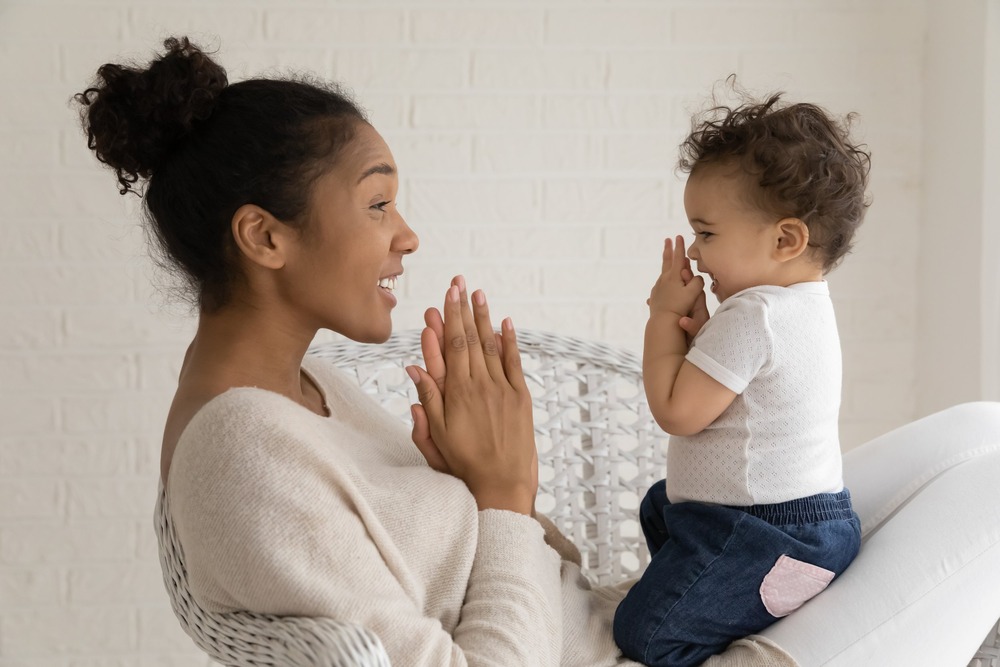
Modeling the Behavior
Encouraging your baby to wave can be achieved by demonstrating the behavior yourself. Make a habit of waving when you greet or say goodbye to your baby. Babies often learn by imitating others, so observing your wave may prompt them to mimic the action.
Interactive Play
Incorporate waving into your playtime activities:
- Peekaboo
Peekaboo is a classic game that can help encourage your baby to use gestures like waving. When you reappear after covering your face, wave at your baby and say “hello” to encourage them to wave back. This game can be a fun way to promote interaction and communication with your little one.
- Sing Songs
Songs with accompanying hand movements, such as “Twinkle, Twinkle, Little Star,” can be an effective way to encourage infants and young children to engage in waving movements. This type of interactive song can help promote motor skills and coordination while also providing an enjoyable and entertaining experience for the child.
- Storytime
During storytime, incorporate picture books that feature characters waving. Encourage the children to point to the pictures and wave along with the characters in the book. This interactive activity can help engage the children and make the story more enjoyable for them.
Positive Reinforcement
When your baby is trying out new skills, it’s vital to show them praise and encouragement. For instance, if your baby attempts to wave, it’s beneficial to respond with enthusiasm and positive reinforcement. This will help them understand that waving is a positive and encouraging behavior, promoting their social and emotional development.
Developmental Milestones Related to Waving
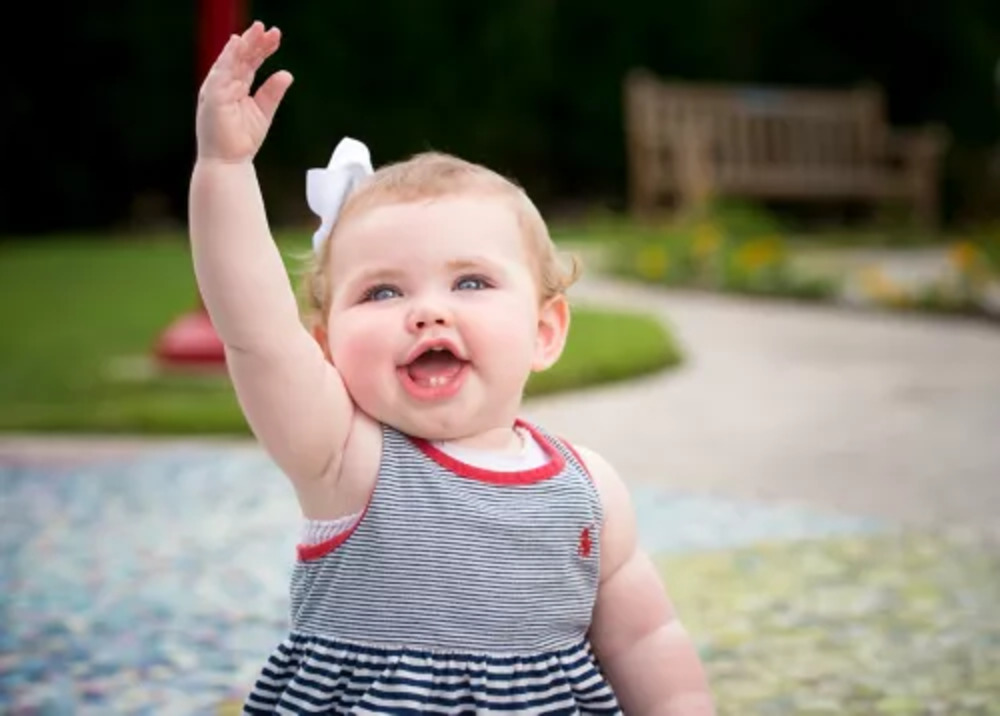
Hand-Eye Coordination
- Waving is part of a broader set of skills related to hand-eye coordination.
- As babies learn to wave, they also develop abilities such as reaching and grasping and, eventually more complex tasks like feeding themselves.
Cognitive Development
- Waving indicates cognitive growth as well.
- It shows that babies can understand and replicate the actions they see around them, which is a critical part of learning.
Language Development
- Waving often coincides with the early stages of language development.
- Babies start to understand and respond to verbal cues, which can eventually lead to their first words.
What If My Baby Isn’t Waving Yet? Addressing Concern
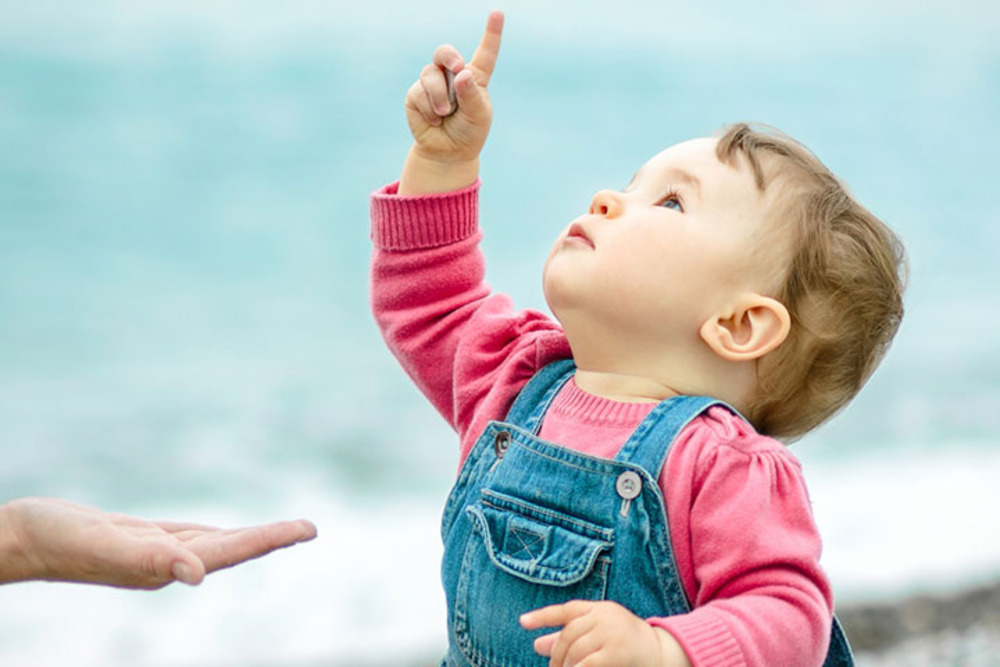
It’s natural to worry if your baby hasn’t started waving within the typical age range. However, it’s important to remember that all babies develop at their own pace. Here are a few things to consider:
- Consult Your Pediatrician
If you’re concerned about your baby’s development, discussing it with your pediatrician can provide reassurance and guidance.
- Look for Other Signs
Observe other developmental milestones. If your baby is showing progress in other areas, they are likely developing typically.
- Provide More Opportunities
Increase the frequency of waving during interactions and ensure your baby has ample opportunity to observe and practice the gesture.
Scientific Insights and Data: When Do Babies Start to Wave?
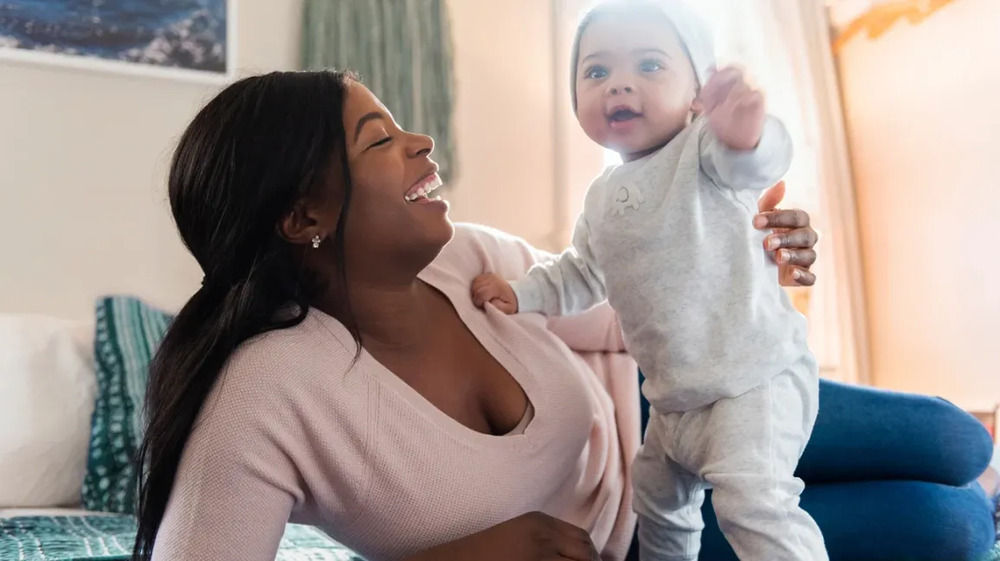
Studies on Motor Development
- Research indicates that the development of motor skills, such as waving, is closely linked to a baby’s overall physical and neurological growth.
- According to a study published in the journal Child Development, repetitive motor activities like waving help establish neural connections in the brain, facilitating further learning and skill acquisition.
Expert Opinions
Dr. Jane Smith, a pediatrician and child development expert, notes, “Waving is an early indicator of a baby’s ability to engage socially and communicate non-verbally. It’s a milestone that parents should celebrate as it marks the beginning of more complex forms of interaction.”
Book Recommendations
To support your understanding and encourage your baby’s development, here are some recommended books:
- “The Wonder Weeks” by Hetty van de Rijt and Frans Plooij
This book offers insights into the various developmental leaps babies go through in their first year.
- “Caring for Your Baby and Young Child” by the American Academy of Pediatrics
A comprehensive guide to child development and care.
- “Baby Signs” by Linda Acredolo and Susan Goodwyn
This book explores how simple gestures can aid in early communication.
The Final Note: When Do Babies Start to Wave?
Waving is a significant milestone in your baby’s development, reflecting their growing motor skills, social awareness, and cognitive abilities. By understanding why and when do babies start to wave and how you can encourage this behavior, you can support your child’s growth effectively.
In the comments below, share your experiences and any tips that worked for you in encouraging your baby to wave. Your insights could be invaluable to other parents on this journey.
If you have any questions or concerns, don’t hesitate to reach out to our community or consult your pediatrician.
FAQs: When Do Babies Start to Wave?
Q: What should I do if my baby hasn’t started waving by 12 months?
A: If your baby hasn’t started waving by 12 months, consider consulting your pediatrician for advice. Each child develops at their own pace, but professional guidance can provide reassurance and additional support.
Q: Can waving be an indicator of other developmental milestones?
A: Yes, waving can indicate progress in motor skills, social interaction, and early communication abilities. Observing waving alongside other milestones provides a broader picture of your baby’s development.
Q: How can I encourage my baby to wave more frequently?
A: Model the behavior by waving often during interactions, incorporating waving into games and songs, and providing positive reinforcement when your baby attempts to wave.

